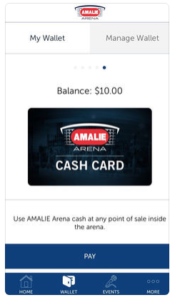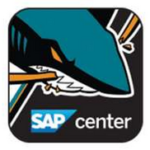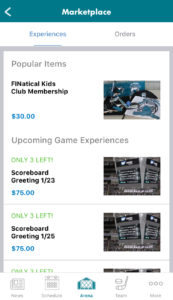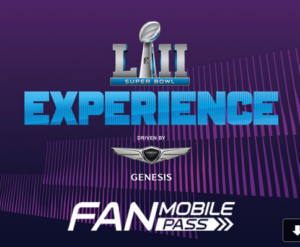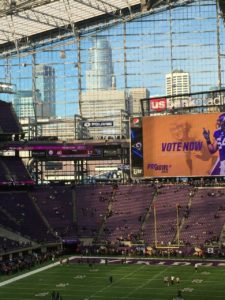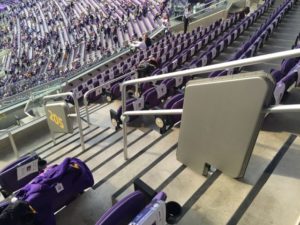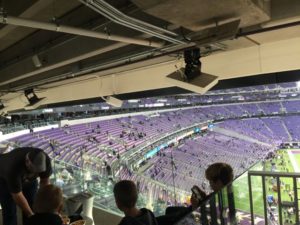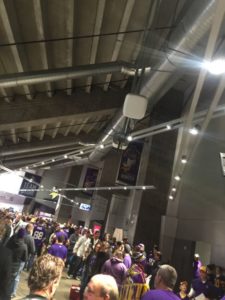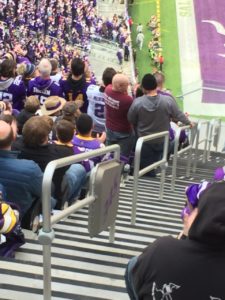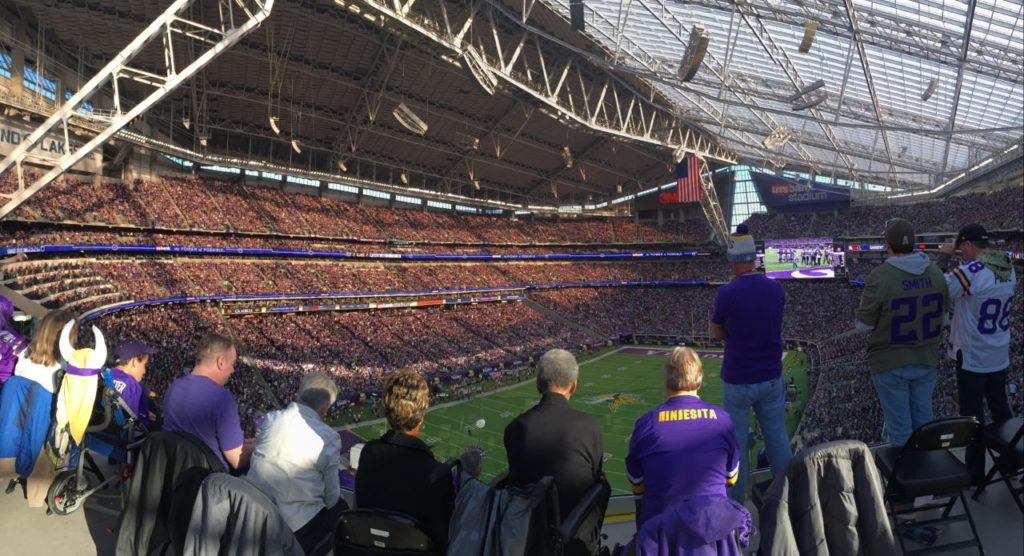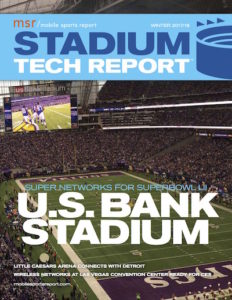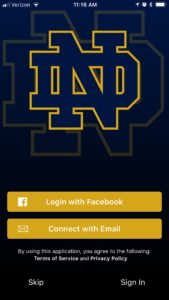The Tampa Bay Lightning and Amalie Arena have selected developer Venuetize for a new team and stadium app that will bring features including a multi-purpose digital wallet that will help fans manage their ticket options for hockey games and other events at the venue.
Announced in January, the new app is already available for iOS and Android devices. According to the team, the app supports the ability to purchase concessions and merchandise with a mobile device, as well as being able to perform detailed ticketing transactions including transfers and even transfers of discounts.The deal with the Lightning represents Venuetize’s second NHL deal this season, following the company’s win to provide a similar stadium and team app for the Detroit Red Wings (and the Detroit Pistons) at Little Caesars Arena. Venuetize also previously built an integrated app for the Buffalo Bills and Buffalo Sabres.
With new entrants like Hopscotch challenging established app players like YinzCam and VenueNext in the stadium and team app arena, Venuetize seems to be claiming its own turf with apps that lean heavily on transaction features, as well as the ability to easily shift between sporting events and other events at stadiums.
YinzCam, which made its name early in the space with content-focused apps, recently unveiled a feature that allows app users to order and pay for food and beverages. Clearly, the ability to support more transaction-based services seems to be part of the increased table stakes in the stadium and team app market going forward.
